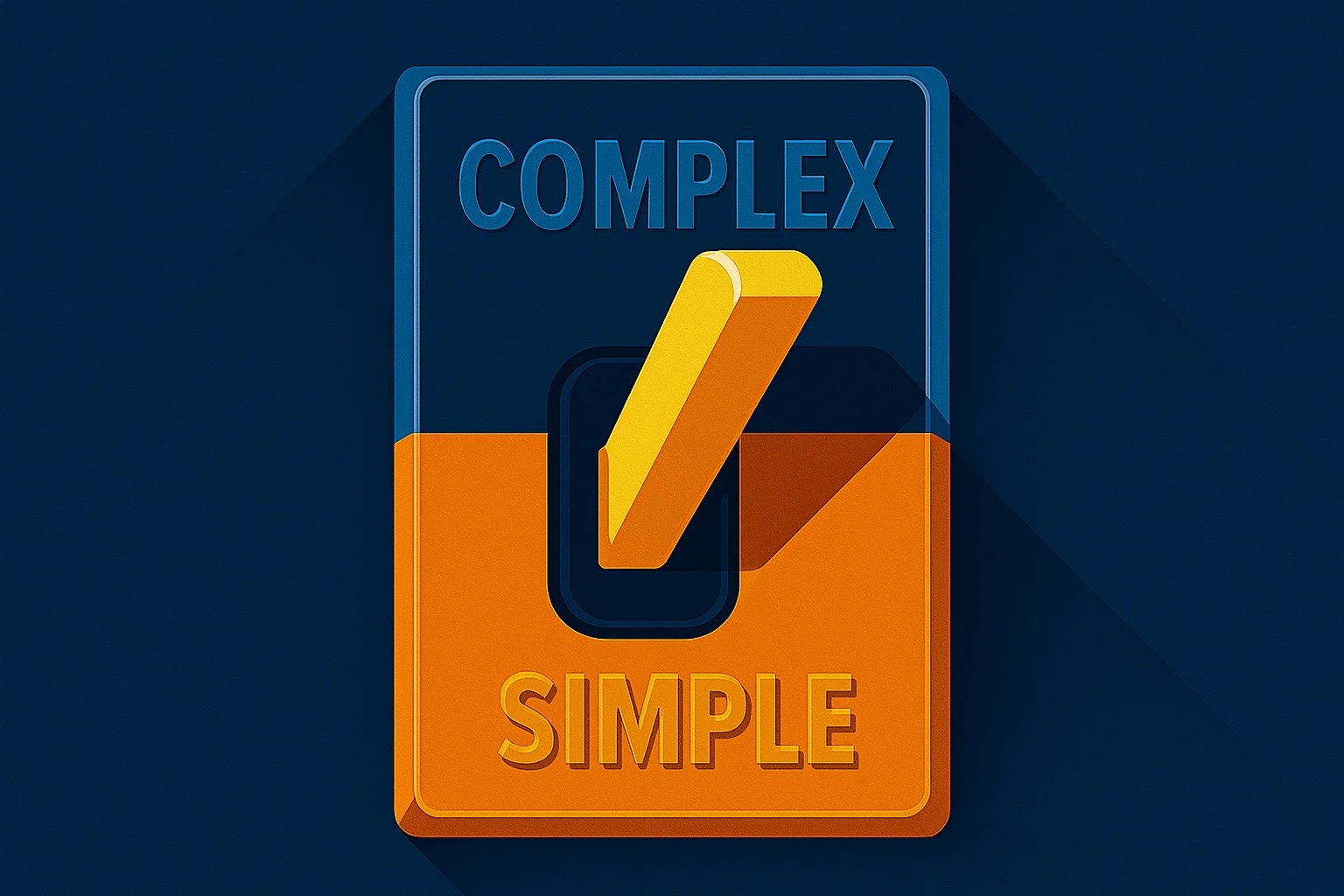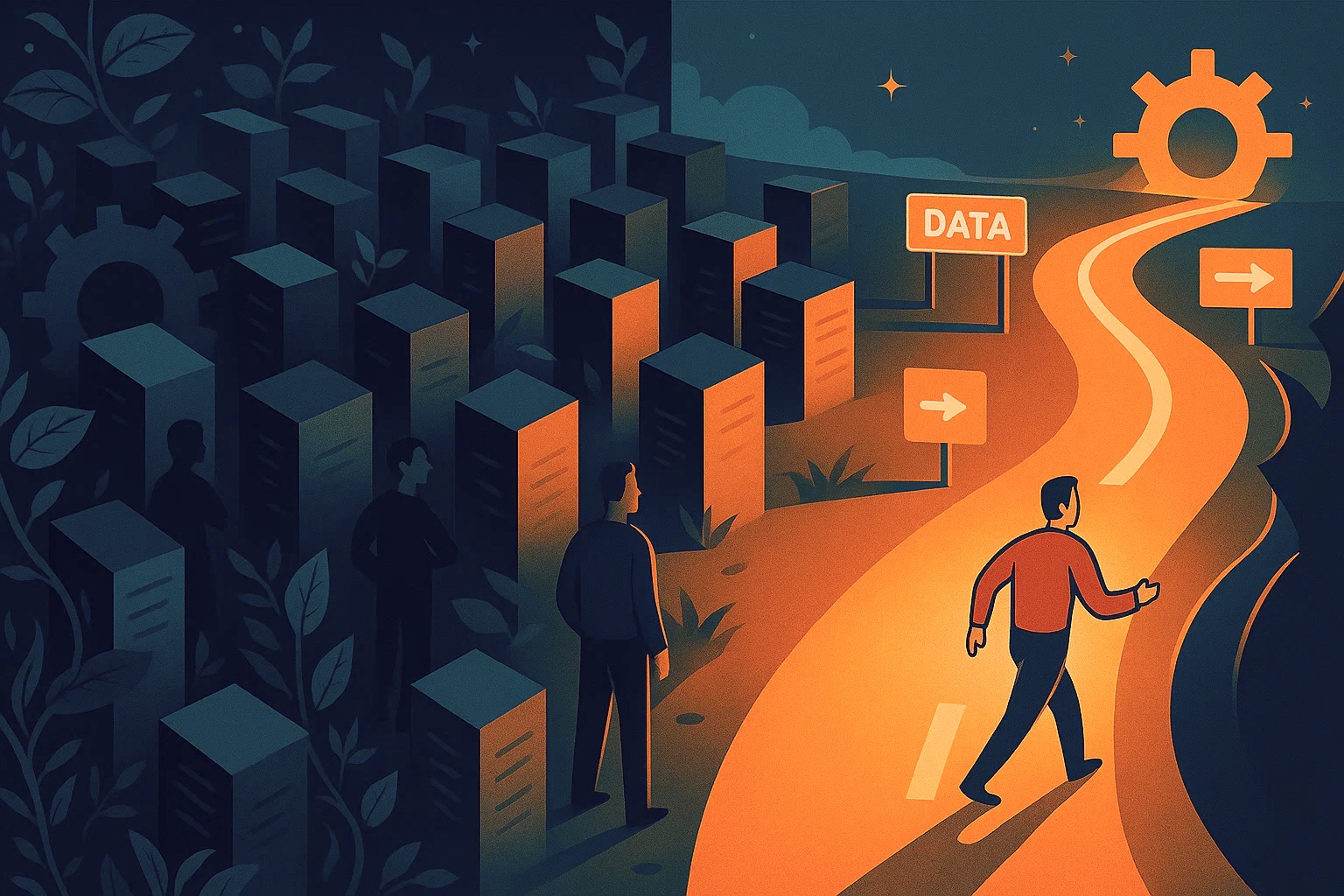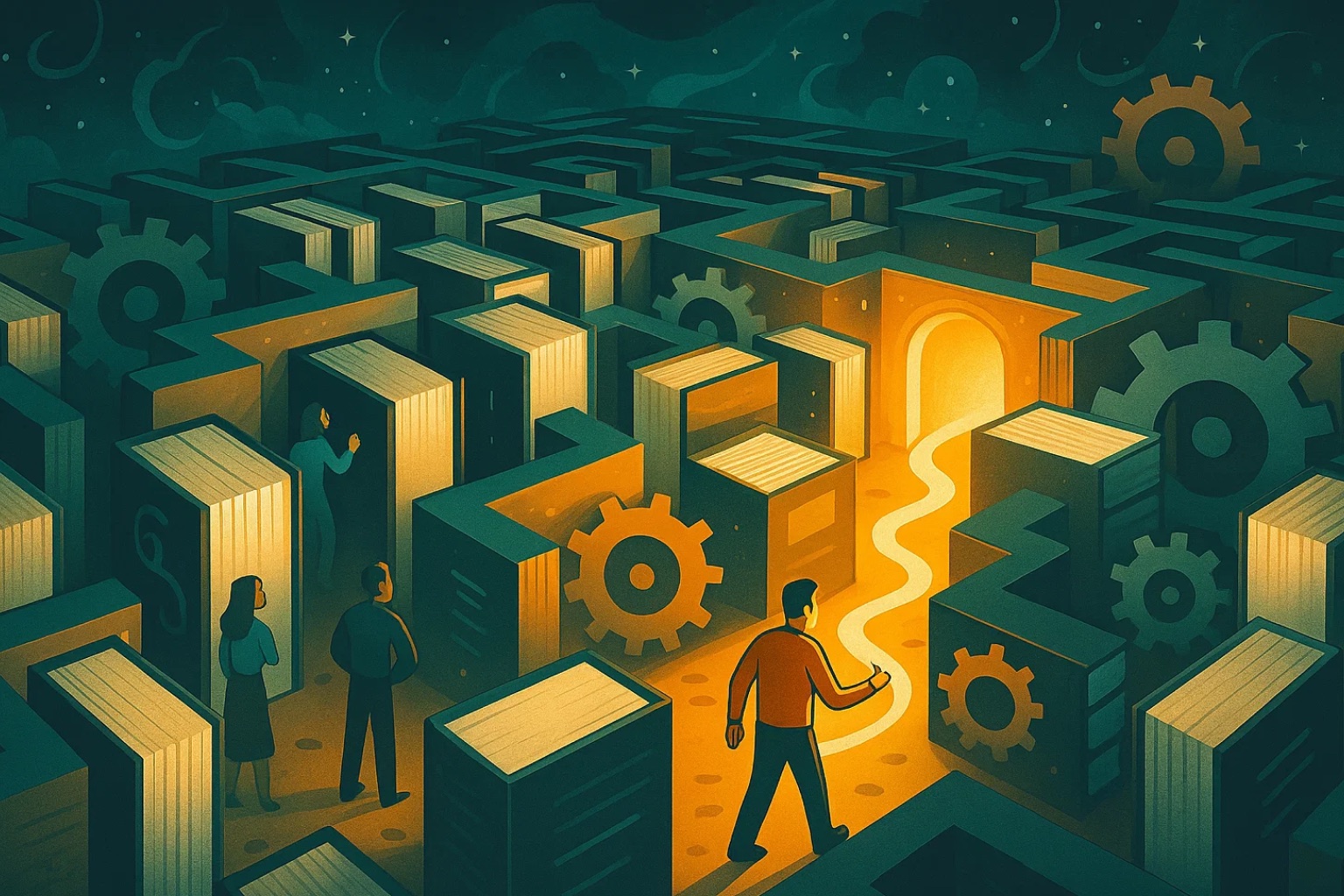©2025 Linkando GmbH

Automated buyer journeys: are human salespeople superfluous?
According to Forrester, 68 percent of all B2B buyers do not want to speak to a human salesperson.
Most buyers find 60-80 percent of the information they need to make a purchase decision through independent research.
This means that when a potential buyer comes into contact with your company, the purchase decision has already been made, at least in part.
What does this mean for sales?
First of all, the human salesperson is not obsolete.
However, companies need to create a largely automated buyer journey so that potential customers have easy access to information that positively influences their purchase decision.
As a result, the technology takes over key aspects of the traditional salesperson role - it identifies and qualifies potential customers.
The human salesperson, on the other hand, slips into the role of "trusted advisor".
What does this look like in practice?
Companies have already understood that they need to provide digital channels for their customers.
And that's what most companies do, from social media channels to chatbots or contact forms.
However, these channels usually only aim to start a conversation, which is then conducted by human salespeople.
This is exactly what most customers do NOT want! ❌❌
How to do it better!
Ideally, companies enable a largely automated buyer journey.
Customers then walk 80% of the way on their own and human salespeople take over the remaining 20%.
This creates a win-win situation:
👉Customers avoid contact with human sales staff, which they often shy away from.
👉Companies use their resources more efficiently and save enormous costs as a result.
Linkando enables this shift towards tech-driven buyer journeys with webplays.
What are webplays?
Webplays are integrated on websites, portals, platforms or social media channels and enable users to qualify for products themselves.
A sidebar opens on the right-hand side of the screen, which qualifies the user for a product using a digital guide.
The guide reacts to the user's answers and makes appropriate suggestions and asks follow-up questions.
Once the webplay has sufficiently qualified a customer, the data record is forwarded to the sales department. This is done directly in the employees' sales tools, for example in the CRM, so that there is no media discontinuity.
This means that only qualified leads are forwarded to sales and potential customers can complete the majority of the buyer journey on their own.
Curious? Here is an example of how a buyer journey works with a webplay: https://www.linkando.com/playbooks/getting-started




